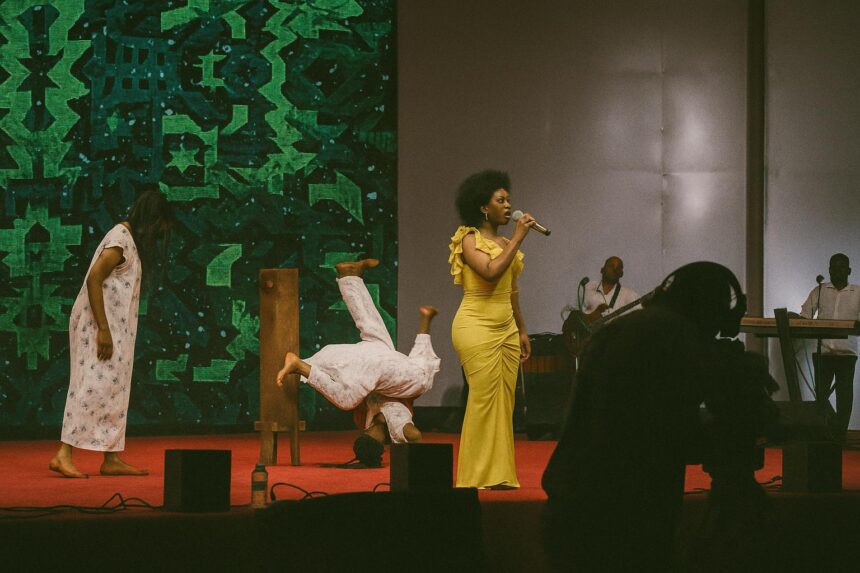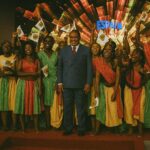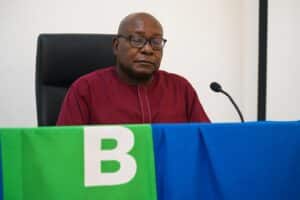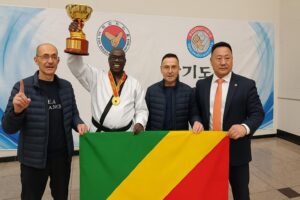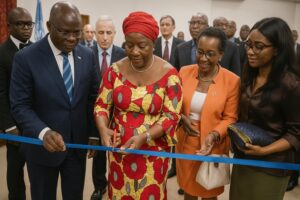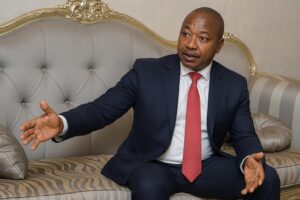Brazzaville sets the stage for pan-African sound
A humid July evening in Brazzaville rarely lacks rhythm, yet the opening of the 12th Pan-African Music Festival (FESPAM) elevated that pulse to diplomatic cadence. As spotlights swept across the ornately refurbished festival arena, Congolese young talents Mariusca “Black Panthère” Moukengue and choreographer Gervais Tomadiatunga strode into view, stitching slam poetry to rumba guitars and aerial acrobatics. Their performance, entitled “The Year of Youth”, resonated beyond entertainment. It framed a festival that, since its creation in 1995 under African Union auspices, has grown into an institutional pillar of continental cultural policy (African Union, 2023).
Presidential spotlight and diplomatic symbolism
President Denis Sassou Nguesso, accompanied by First Lady Antoinette Sassou Nguesso, Cabinet ministers and several accredited ambassadors, watched attentively from the front row. In the choreography of protocol, such visibility was deliberate. Cultural advisers close to the presidency describe FESPAM as a ‘mirror of national cohesion’ and a ‘loudspeaker of pan-African solidarity’. The presence of regional envoys from Kinshasa to Libreville reinforced that message, situating Congo-Brazzaville as both curator and custodian of a transnational soundscape. Western observers from UNESCO noted how heritage genres, particularly rumba recently inscribed on the Representative List of the Intangible Cultural Heritage of Humanity, are being strategically aligned with state-led nation-branding (UNESCO, 2022).
Artistic fusion echoes digital economy ambitions
The festival’s thematic focus, “Music and Economic Stakes in Africa in the Digital Age”, reflects a broader policy shift. According to the Congolese Ministry of Posts, Telecommunications and Digital Economy, streaming revenues across Central Africa expanded by nearly 40 percent between 2020 and 2022, despite bandwidth constraints (Ministry of Digital Economy, 2023). Against that backdrop, Moukengue’s syncopated verses on self-reliance and Tomadiatunga’s hybrid choreographies appeared less as abstract art and more as performative case studies. By juxtaposing traditional drum patterns with synthetic loops, the duo illustrated how Congolese creators aim to monetise cultural capital across digital platforms without diluting authenticity.
Youth agency and entrepreneurial undertones
In on-stage remarks, Moukengue framed her craft as a business as well as a vocation, telling the audience that ‘stepping under the spotlight is a negotiation between emotion and enterprise’. Tomadiatunga added that blending hip-hop with folkloric motifs was his way of ‘exporting a Congolese passport of movement’. Their vocabulary matters. National census data place citizens under thirty at roughly 70 percent of the population. By championing self-employment in the creative industries, the festival dovetails with governmental programmes such as the Fonds d’Impulsion, de Garantie et d’Accompagnement spearheaded last year to finance youth-led start-ups. Economists from the African Development Bank suggest that the cultural and creative sectors could absorb a significant share of the country’s burgeoning labour force if logistical bottlenecks are eased (AfDB, 2023).
Regional soft power and cultural diplomacy
Beyond domestic considerations, Brazzaville’s staging of FESPAM operates as an instrument of soft power. Delegations from more than twenty African states, along with diaspora artists from Paris and Montréal, convened for workshops on copyright, metadata and cross-border royalties. Such forums extend Congo’s diplomatic reach by translating cultural leadership into policy influence. Analysts at the Institute for Security Studies observe that in a region occasionally scarred by political volatility, music festivals create low-cost, high-visibility channels for dialogue that circumvent formal negotiations. The 2023 edition’s careful articulation of unity themes, coupled with discreet security arrangements, underscores an official resolve to project stability and openness.
Youthful crescendo and future notes
As the final cymbal crash faded, the performers clasped hands before a standing ovation, offering a tableau that blended exuberance with institutional gravitas. FESPAM’s capacity to ignite such moments lies at the intersection of heritage and innovation, patriotism and entrepreneurship. For Congo-Brazzaville, the festival’s success signals a commitment to harnessing cultural vibrancy as an economic engine compatible with digital realities. For the continent, it gestures toward a shared future in which artistic expression, technological adoption and diplomatic outreach dance to the same beat. The next edition, already pencilled in government communiqués, will be measured by its ability to sustain that tempo and to translate applause into lasting opportunity.

